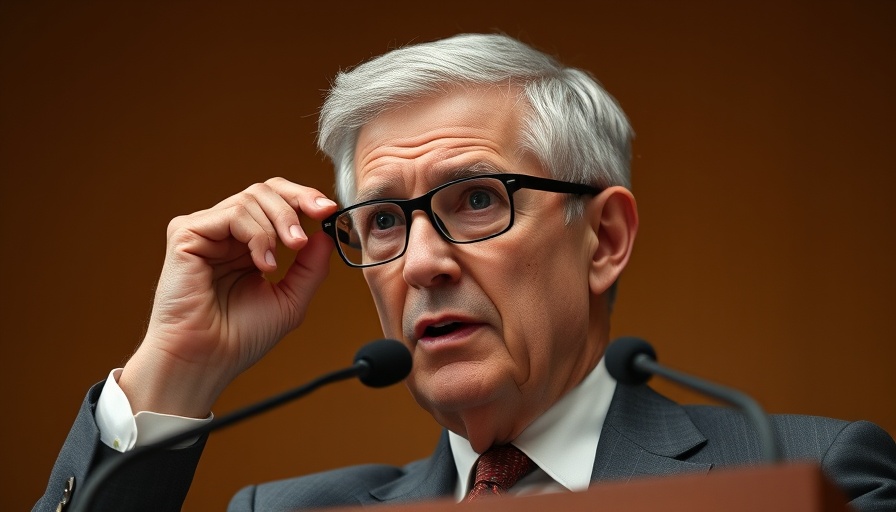
Bhattacharya's Confirmation: A Balancing Act
The recent confirmation hearing for Jay Bhattacharya, President Trump's nominee for the director of the National Institutes of Health (NIH), was marked by a strategic balancing act. During the session, Bhattacharya skillfully navigated the challenging waters between supporting scientific integrity and appeasing a politically charged environment. His responses hinted at a cautious approach toward controversial issues, such as the funding of LGBTQ research and debates surrounding vaccines.
Emphasizing Science or Swaying to Influence?
At the heart of Bhattacharya's testimony was his nuanced stance on science. While he pledged to uphold NIH's scientific mission, he avoided making definitive promises that could put him at odds with the administration's previous actions. For instance, he refrained from addressing the canceled funding for grants tied to LGBTQ health issues, emphasizing that ideology should not dictate scientific paths. This evasive strategy suggests an awareness of the precarious political landscape he's stepping into.
Public Trust in Science: A Central Theme
A recurring theme in Bhattacharya's testimony was the notion of public trust in science. He suggested that rebuilding this trust requires careful engagement with communities suspicious of scientific processes. His commitment to audit university spending on research grants signals a push for greater transparency and accountability. Such actions could potentially enhance public confidence in the NIH's mission, yet they raise questions about the underlying motives in a politically divided landscape.
What Lies Ahead for NIH?
As Bhattacharya's confirmation appears imminent, questions linger about the NIH's future direction. His position might foster collaborations between scientists and political leaders, but it also risks sidelining crucial discussions about past decisions that have shaped the current scientific community. Navigating this tension will be crucial as he aims to lead one of the nation's foremost health institutions.
In summary, the stakes are high as Jay Bhattacharya prepares to step into this influential role. His approach during the confirmation hearing reflects a delicate dance between science and politics, reminding us that leadership in healthcare is as much about managing perceptions as it is about pursuing breakthroughs.
 Add Row
Add Row  Add
Add 




 Add Row
Add Row  Add
Add 

Write A Comment